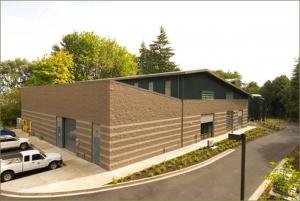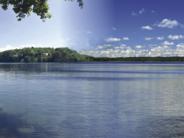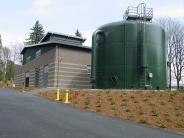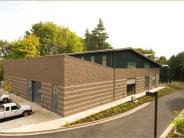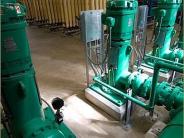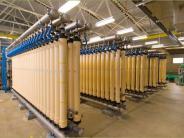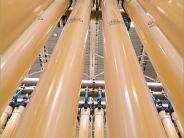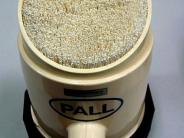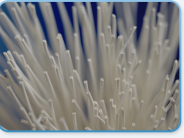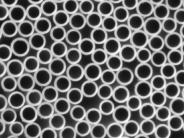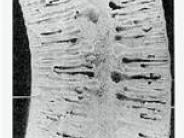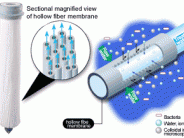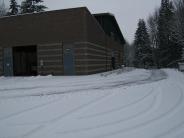- Your Government
-
Our Community
-
- About St. Helens History of St. HelensState of the CityCourthouse Dock Camera
- Local Events City Calendar Citizens Day in the ParkRecreation Activities Discover Columbia County Sand Island CampingKeep It Local CC
- Community Resources City Newsletter City Social Media Emergency Services New Resident InformationProtecting Our Environment
-
-
Business & Development
-
- Local Business Directory Get a Business License City Bids & RFPs Broadband Study
- Business in St. Helens St. Helens Advantages Directions & Transportation Incentives & Financing Resources for Businesses Business Guide Columbia Economic Team Chamber of Commerce
- Current City Projects Waterfront Redevelopment Public Safety Facility Strategic Work Plan
-
-
How Do I?
-
- Apply for a Job Apply for a Committee Find A Park Find COVID Info Find Forms Follow St. Helens - Facebook Follow St. Helens - Twitter Follow St. Helens - YouTube
- Get a Police Report Get a Business License Get a Library Card Get a Building Permit Newsletter Signup Past Public Meetings Pay My Water Bill
- Public Records Request Report a Nuisance Register for Rec Activity Reserve a Park Sign Up for the 911 Alerts Universal Fee Schedule
-
Water Filtration Facility Home Page
Though access to the City of St. Helens water filtration facility is accomplished by driving to the end of 4th street through a short residential section of Columbia City, Oregon, the water filtration facility is actually located within the north-western most boundary of the City of St. Helens city limits.
The water filtration facility was completed in November of 2005 and began producing drinking water in February of 2006.
The water filtration facility is a state of the art, hollow micro-fiber, water filtration process. The filtration facility is designed to produce 6 million gallons of drinking water per day. There are 5 “racks” of micro filtration modules. 4 of the racks have 52 modules. Inside each module are 6,350 hollow fibers that allow water to penetrate the micro-porous walls of the fiber and trap or block out harmful bacteria, algae, silt and contaminants. Each module has a flow rate of 27 gallons per minute, and an entire rack of 52 modules can produce up to 2 million gallons of clean, fresh, filtered drinking water per day! The fifth rack, consisting of 19 hollow fiber modules. This smaller rack recycles the water used to flush, or backwash, the primary filtration racks during the filtration process. This feature of water conservation captures and filters 98.9% of the water flowing through the filtration process.
Source of your drinking water 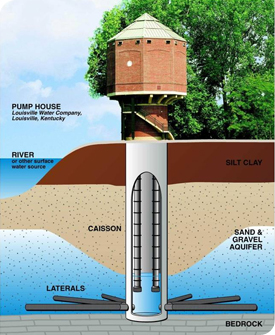
The source of the City of St. Helens drinking water comes from a deep well collection system that are called Ranney collector wells. The collector well consists of a 16 foot diameter concrete caisson that was dug and sunk down 80 feet into the west bank of the Columbia river. At the bottom of the caisson, 10″ diameter, screened, steel pipes have been driven out, radially, like the spokes of a bicycle wheel, into a water saturated zone of rock, sand and gravel deep below the bottom of the Columbia River called an aquifer. The water flows, by gravity, from the aquifer into the screened collection pipes, or infiltration gallery. Water fills the caisson which is then pumped to the water filtration plant. Since the water comes from the aquifer under the Columbia River riverbed, the source water is not affected by the muddy river conditions resulting from heavy rain or snow melt, or even the pollutants, viruses and bacteria that may be present in the river. The water appears crystal clear year round, no matter how muddy and murky the Columbia river may appear. The rock, sand and gravel actually acts as a “pre-filter” keeping our source water very consistent in quality and temperature.
The water is pumped from the Ranney collector wells to the water filtration facility.
There are only 2 chemicals added to your drinking water, Chlorine, to provide disinfection of your drinking water, and Sodium Hydroxide, (Caustic Soda) to control the pH, the measure of acidic and alkalinity of a substance (i.e. water, soil, liquids, medicine, etc.) By adjusting the pH of the water from 6.8 (slightly acidic) to 7.2 to 7.4, this gives the water a buffering effect, makes the water less aggressive, which in turn prevents the water from corroding the distribution water main and the plumbing fixtures in your home. Fluoride is NOT added to your drinking water and is not naturally occurring or present in the raw water. Also, Lead and Copper are not present in your drinking water that is being supplied to your schools, homes and businesses.
The City of St. Helens is proud to provide a continuous, fresh, reliable, high quality, filtered drinking water to your tap, ready to serve you 24 hours a day, 365 days a year.
We welcome your questions, suggestions or comments.
Click any thumbnail image to view a slideshow

